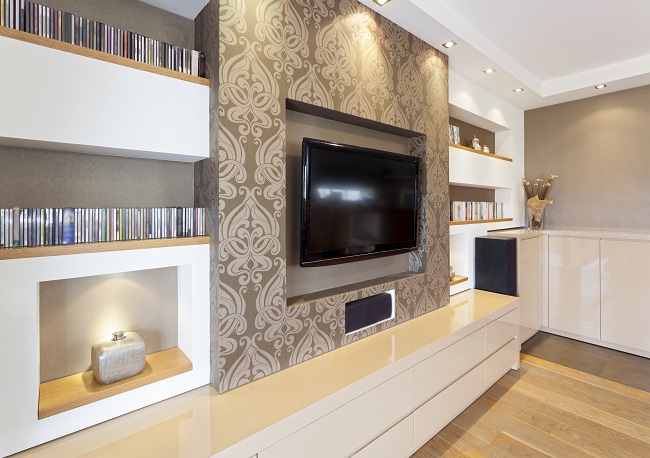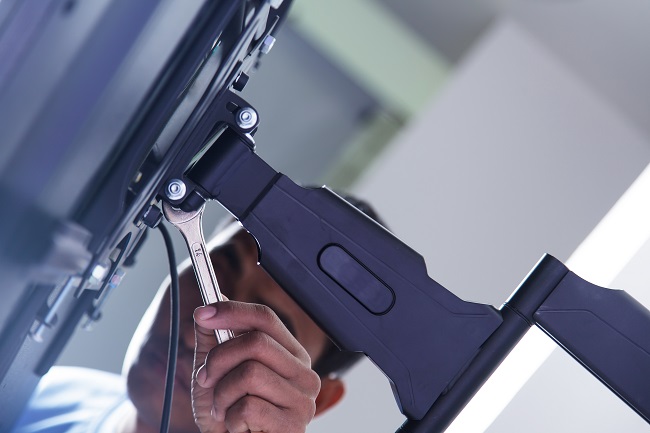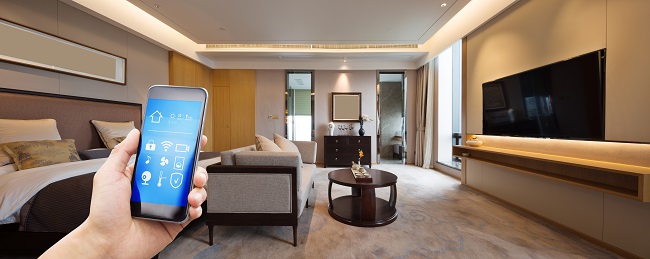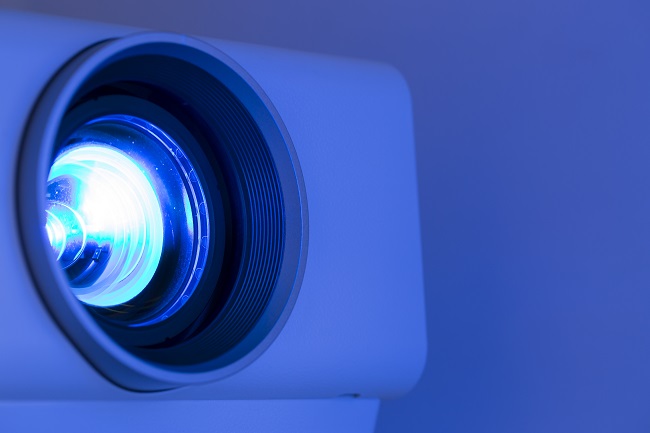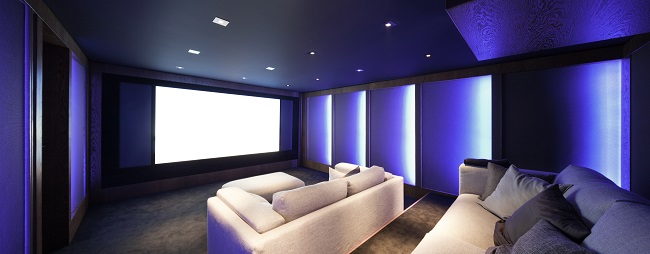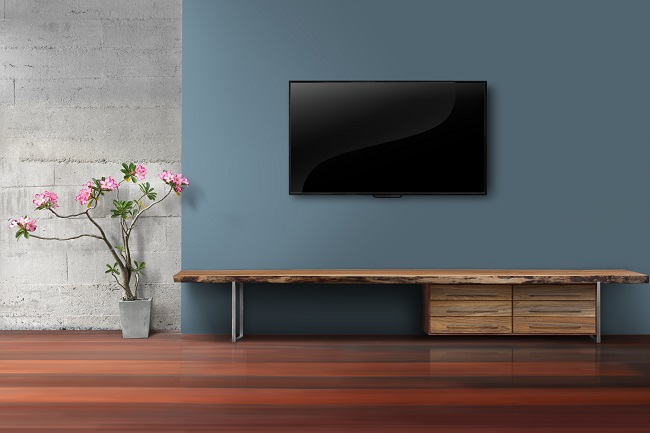We spend a lot of time away from our homes. Whether it’s school, work, or all the commutes in-between, there are a lot of opportunities for you to worry about if you locked your doors, if you turned off the stove, or if the A/C is on too high with no one home. But home automation systems are making it easy to find those answers without you having to imagine the worst, and Crestron, in particular, integrates with Apple devices so you can change whatever you want with a swipe of your finger.

How do home automation systems integrate with your iPhone or iPad?
Crestron offers hardware that works with your devices so you can access media and control your home automation system. Their Network Stream Players wirelessly hook up to your iTunes and your podcasts so you can listen to them in your garage, in your kitchen, or anywhere in the house. You can create playlists, dedicated access to different family members for individual lists, and have units throughout the house so anyone can get crystal clear audio even if someone’s listening to the TV in the next room.
Crestron also has docking stations for whichever Apple devices you want to use to access your automation system’s control panel. These docking stations charge your device as you pull up information about your energy use, your watering schedule, and even a daily report of changes in your home. Because these stations are designed to form a sleek silhouette, they even integrate into the look of your home theater system and home’s design.
Whether you have multiple music-lovers in your home or want to make sure you can easily monitor your home and control your house’s settings, adding Crestron hardware to your home theater system is a great way to interconnect. Contact Audio Video Solutions here to ask a specialist how we can modify your existing system or create one.



